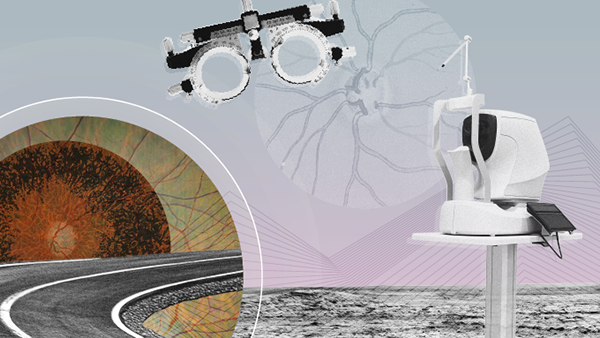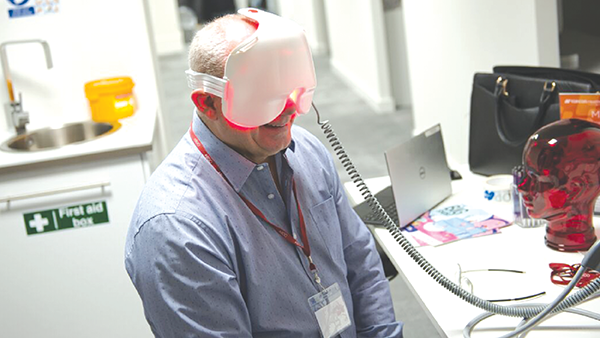Climate Change and Ocular Health
A call for sustainable practices in eye care as climate change shown to threaten eye health
The adverse effects of air pollution and, more broadly, climate change pose various implications to eye health and services, with a 2019 Lancet report revealing that every child born today could be impacted and their health shaped at every stage of life resultantly. It primarily influences ocular surface diseases, such as conjunctivitis and dry eye, as these conditions are exacerbated by increased particulate matter (PM) – especially PM2.5 – in the air, which has been widely studied and linked to various eye health issues.
PM is a mixture of solid particles and liquid droplets, and composed of a variety of chemical compounds and materials, some of which can be toxic. In fact, certain PM particles can be large enough to see with the naked eye, while others are so small they can only be detected with an electron microscope. Malik Y. Kahook, The Slater Family Endowed Chair in Ophthalmology, explains that another “detrimental environmental factor linked to eye health includes UV radiation,” which has been linked to the accelerated development of cataracts.
The culmination of the aforementioned conditions not only affect quality of life on an individual level, but they also increase the burden on healthcare systems. Strategies to reduce its future impact will therefore be essential. “This can include using protective eyewear to reduce UV exposure, employing air purifiers in areas with high pollution, and educating patients on preventive measures,” says Kahook. “Healthcare systems are also a significant contributor to greenhouse gases, at 4-5 percent of global greenhouse gas emissions, and should adopt environmentally friendly practices to mitigate their role in climate change too.”
Many industries are driving biodiversity loss and climate change – and eye care, as a high-volume service, forms a substantial part of these emissions. This is particularly problematic as ophthalmology’s workforce inadequacy could climb as high as 36 percent, relative to increasing demand for eye care services over the coming decade-plus. Kahook therefore advocates for further “research on the influence of climate change on eye health that could influence future healthcare policies, as well as better resource allocation for eye care, and environmentally sustainable practices in healthcare delivery.”
Current priorities could start by lowering waste from operating rooms and clinics, cutting down on single-use plastics, eliminating drug waste, and educating ophthalmologists and trainees about sustainability in healthcare. Long-term goals, on the other hand, may focus on building renewable energy and “green” buildings, particularly in low- and middle-income countries. Barriers, in the case of climate change, should be welcomed as an opportunity for innovation.
The New Optometrist Newsletter
Permission Statement
By opting-in, you agree to receive email communications from The New Optometrist. You will stay up-to-date with optometry content, news, events and sponsors information.
You can view our privacy policy here
Most Popular
Sign up to The New Optometrist Updates
Permission Statement
By opting-in, you agree to receive email communications from The New Optometrist. You will stay up-to-date with optometry content, news, events and sponsors information.
You can view our privacy policy here
Sign up to The New Optometrist Updates
Permission Statement
By opting-in, you agree to receive email communications from The New Optometrist. You will stay up-to-date with optometry content, news, events and sponsors information.
You can view our privacy policy here









